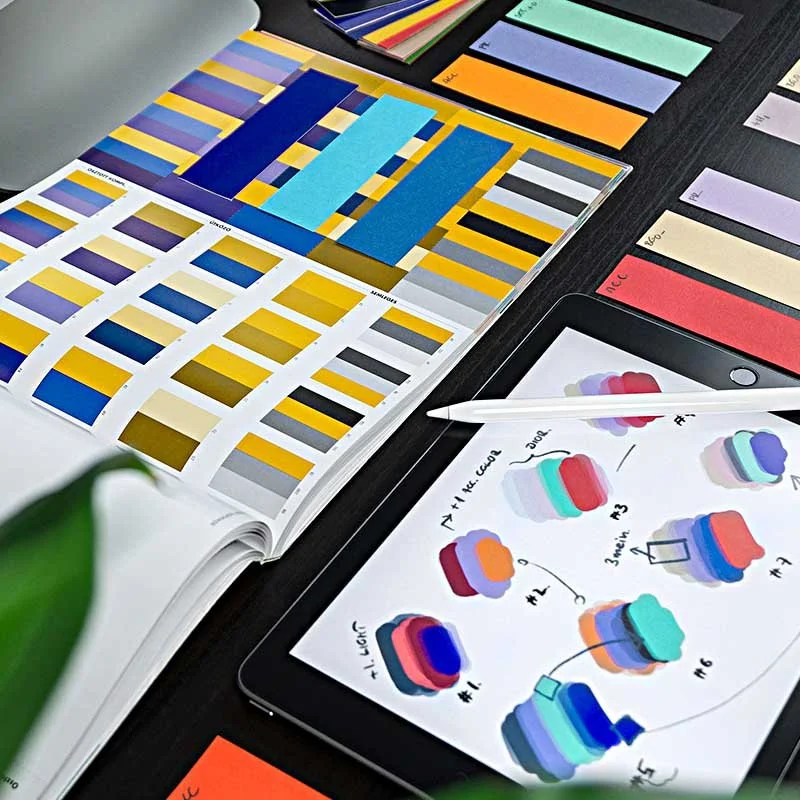The High Co$t of Bad Design
Lately, I’ve been out and about to a lot of events and meeting lots of business owners and reps for hotels, engineering groups, bands, bakeries and the likes. And while I usually have good get to know you moments, one thing strikes a nerve. Frequently, people are handing me their business cards and say, “I know, my business card sucks.” And I also hear, “It's on our sucky website that doesn’t really work.”
Seriously, what’s with the red flag? That’s like saying, “Come on into my dingy restaurant where your feet will stick to the floor, you’ll gag on the smell of our rancid bar well, and our busser will wipe your table with the same towel used to clean the restroom.” Bye, Felicia.
The whole thing makes me want to run because if things are bad on the front end, then what unholy things are happening on the back end? It’s cringy and, as a consumer, I automatically presume if it looks bad it’s broken because we’re all visually and aesthetically driven creatures.
Studies show that 52% of consumers will not return to your store if they do not like your aesthetics, and 93% of purchasing decisions are visually-based. Still, a lot of businesses think that design is too expensive, not in the budget, or simply not important. I get it and I also understand that these DIY, scrapbook, cheap-o routes make dumpster fires look attractive. And that's not a good look.
Dr. Ralf Speth, Former CEO Jaguar Land Rover said it best.
"If you think good design is expensive, you should look at the cost of bad design."
So, what is the high cost of bad design?
You’re Not Relatable
Potential customers will overlook your business and brand because you do not stand out and/or make it easy for them to engage with you. A mangled clip-art logo with random color choices and a wrong phone number slapped on a 2x3” card just doesn’t cut it. You’ve shown you do not value yourself so how is that a value to me?
And if you hand a Gen X, Y, Z a brochure, CD, or cringy knick knack, expect perplexed looks and eye rolls. Today’s delivery mediums are more tech- and function-based, which means anachronistic mediums are perceived as being out of touch. Old school is cool – only if it’s well executed – so limit the cargo shorts to hiking and the backyard.
You’re Losing Credibility
Regardless if you are selling 1800’s antiquarian books or contemporary art, if your business collateral is outdated or doesn’t function, especially your website, you are losing points with current and prospective customers. Consumers are critical creatures and quick to judge, which you already know because you are a consumer too.
According to a 2019 Transaction Agency report, 81% of people visit a company online before going to or making a purchase with a business. And 88% of consumers will never return to a website after a poor user experience, as reported by Sweor in 2023.
You’re Losing Money
In addition to the previously stated and the risk of losing potential customers, it’s often more expensive to turn bad design into good design because you’ve already lost your competitive advantage. This will cost you more than having and maintaining good design in the first place. The longer you drag along thinking good design is too expensive, the more your competitors will eat your lunch.
The equation is simple: Lost Customer = Lost Revenue.
Good Design Is Valuable
Well-executed designs build stronger, more established brand, garner recognition, extend brand shelf-life, and reduce confusion. Good design also attracts customers, builds trust, boosts sales, creates loyalty, and bingo…leads to more money in your pocket.
Create a budget, make a plan, and hire an experienced design partner – not your 14 year old, pimply nephew who doodles death metal band names. Join forces with an experienced design team with packaged knowledge; grow a working relationship, and stop looking like the Love Boat threw up on your shop. Your wallet will appreciate it.
– Patrick Baxter, Creative Design


